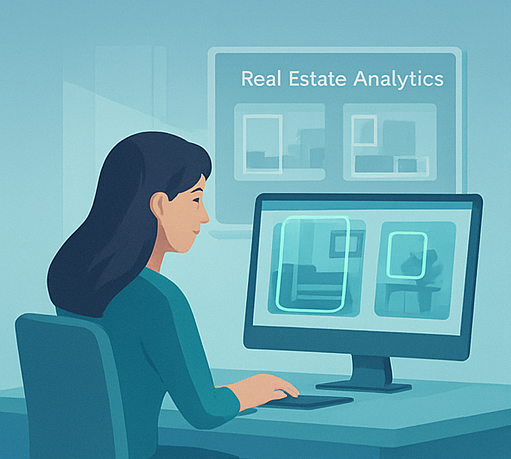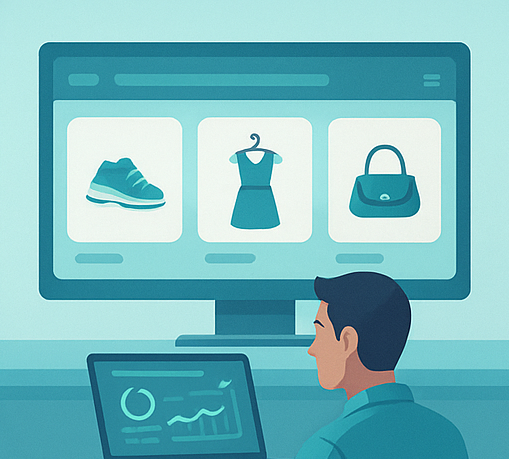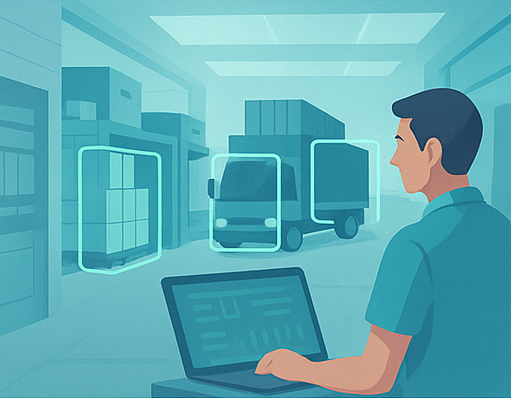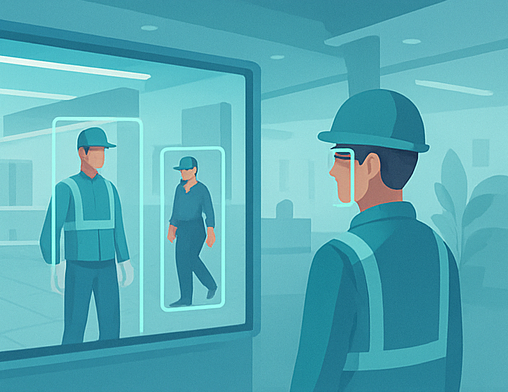🧠 5 Real-World Use Cases of Object Detection for SaaS Startups (That Actually Make Sense)
TL;DR: Object detection isn’t just for tech giants. It’s quietly powering smarter SaaS products across real estate, retail, and logistics. Here are 5 practical ways startups can use it — no PhD required.
🚀 Intro: Wait… Object Detection? Isn’t That Just Fancy Tech Jargon?
Let’s be honest — when people hear “object detection”, they picture a Tesla dodging traffic cones or robots scanning supermarket shelves.
Cool, but irrelevant to most startups, right?
Not anymore.
Thanks to tools like Google Colab, YOLOv8, and pre-trained models, object detection has become ridiculously accessible. You don’t need a GPU farm or a PhD — just curiosity (and Wi-Fi that doesn’t betray you).
At TechGeeta, we recently played around with object detection on Google Colab for the first time — and honestly, we were impressed. So we figured: why not show how your SaaS startup could benefit from the same tech, without drowning in AI mumbo-jumbo?
Let’s break down five real-world, profitable, and totally doable use cases that even non-technical founders can appreciate.
🏠 1. Real Estate SaaS: Spot What Others Can’t
Ever scrolled through property listings that look like they were shot on a potato?
Object detection can help fix that.
AI can automatically identify:
Furniture types (for furnishing recommendations)
Room types (living room, kitchen, bathroom)
Even property conditions (detect cracks, stains, clutter)

Example:
Imagine a SaaS that auto-scores property photos uploaded by agents and tells them how to improve visual appeal. That’s computer vision meets conversion optimization.
Subtle sarcasm mode on:
Because yes, some agents still think uploading a blurry bathroom selfie sells homes.
🛍️ 2. E-Commerce: The “Smart Eyes” of Your Catalog
Product photos drive sales. But tagging and categorizing them manually? Not so much fun.
Object detection can automate that — identifying color, size, shape, and product type faster than a human intern on caffeine.

Example:
Auto-tag fashion photos (“red dress”, “white sneakers”)
Detect missing labels or multiple products in one image
Power visual search (“show me shoes like this”)
That’s how small SaaS startups compete with Amazon-level personalization — without spending Amazon-level money.
🚚 3. Logistics & Fleet Tracking: AI Eyes on the Move
For delivery or logistics platforms, object detection can act as an extra pair of eyes that never blinks.
Practical use cases:
Detect whether packages are correctly placed or loaded
Verify vehicle damage automatically from uploaded photos
Monitor driver safety (detecting phone use, seatbelt status)

This isn’t sci-fi. Several fleet startups already use AI-based cameras that alert managers when trucks are overloaded or improperly parked. You could build a SaaS layer over such data — analytics, reporting, and compliance.
Because nothing says “scalable product” like solving real, boring, logistics headaches.
🧾 4. Retail Analytics: Making Sense of Store Chaos
Retail stores — online or physical — generate thousands of images daily.
What if your SaaS could actually see what’s happening?
Use cases:
Detect empty shelves for stock management
Analyze footfall via CCTV feeds
Evaluate how customers interact with products

It’s not just “AI magic” — it’s data that directly impacts sales and merchandising decisions.
Bonus: you could integrate object detection APIs with dashboards built in React or Next.js (we know a team good at that 😉).
🧠 5. Healthcare & Safety: When Every Pixel Counts
This one’s serious — and impactful.
From monitoring PPE compliance on factory floors to identifying anomalies in X-rays, object detection is quietly saving lives.

While SaaS founders don’t need to build hospitals, you can definitely:
Build compliance tracking tools for industries
Create safety audit platforms for manufacturing or labs
Offer automated defect detection in production lines
These aren’t science projects; they’re revenue models.
⚙️ The “Tech” Behind It (Without Getting Nerdy)
Here’s the 20-second version:
You use Google Colab (a free browser-based notebook)
Load a pre-trained model (like YOLOv8)
Feed it images or videos
The model draws boxes around detected objects

No need to build models from scratch or rent supercomputers. You can literally get results in under an hour — and with proper integration, even turn it into a working SaaS feature.
And yes, we tried it. And no, it didn’t crash our laptops (miraculously).
🧩 Final Thoughts: From Curiosity to Capability
Object detection is no longer just for the “AI elite.”
It’s for startups that see opportunity where others see noise — real estate, e-commerce, retail, logistics, healthcare — every pixel tells a story.
At TechGeeta, we help startups like yours connect the dots — from experimental AI features to real-world web and app solutions.
If this post sparked an idea, maybe it’s time to turn that curiosity into a working MVP.
💬 Let’s build something intelligent, together.
techgeeta.com
